Hypersialylation works for us now
Cancer cells employ various strategies to evade the immune system, including hypersialylation of proteins. Sialic acid, a molecule that binds as a chemical modification, enables recognition by Siglec family receptors on immune cells. Siglec9, commonly expressed in immune cells, triggers inhibitory signals, leading to immunosuppression. A study published in Cancer Immunology Research by Prof. Cyrille Cohen, Dr. Ayal Handel, and colleagues reveals that cancer cells use INFγ-induced hypersialylation to suppress T-cell anti-tumor activity. Notably, knocking out Siglec9 in T-cells significantly enhanced their activation. Thus, the researchers developed a system of engineered T-cells with chimeric switch receptors (CSRs), which use Siglec9’s extracellular region to recognize sialylation, and a chimeric intracellular region to induce activating signaling. The engineered cells outperformed T-cells expressing endogenous Siglec9. These findings highlight a promising strategy to improve engineered T-cell therapies, such as CAR T-cell treatments, for cancer immunotherapy.
Last Updated Date : 22/12/2024




